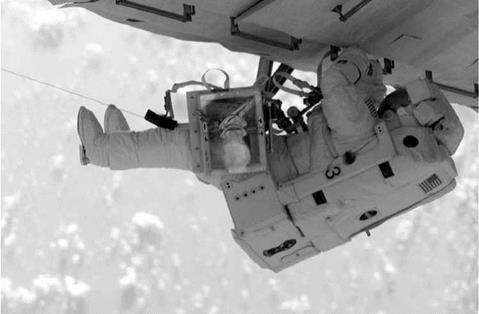Calorimetric Electron Telescope (CALET)
Japan’s second major input into the ISS programme would be the H-II Transfer Vehicle (HTV). The automated logistics carried would be launched on a Japanese H-IIB launch vehicle and would carry logistics to ISS. Following launch, the HTV would carry out an automated rendezvous and station-keeping with ISS, before being grasped by the Space Station Remote Manipulator system and being docked to Unity for unloading. Following unloading, the HTV would be filled with rubbish and unwanted materials before being undocked from Unity and performing a separation manoeuvre. Once clear of ISS the HTV would perform a retrofire manoeuvre and reenter Earth’s atmosphere, where it would be heated to destruction.
JAXA maintains three principal centres for their operations relating to ISS.
• JAXA Headquarters is in Tokyo and oversees the management of the Japanese space programme.
• Tsukuba Space Centre (TKSC), where Kibo was developed, constructed, and tested. It is also the location of the Kibo Control Centre.
• Tanegashima Space Centre contains the Osaki Range where the H-II launch vehicles for the HTV will be launched from.
|
Figure 10. American stage extravehicular activities were made from the Quest Joint airlock by astronauts wearing American Extravehicular Mobility Units. |











